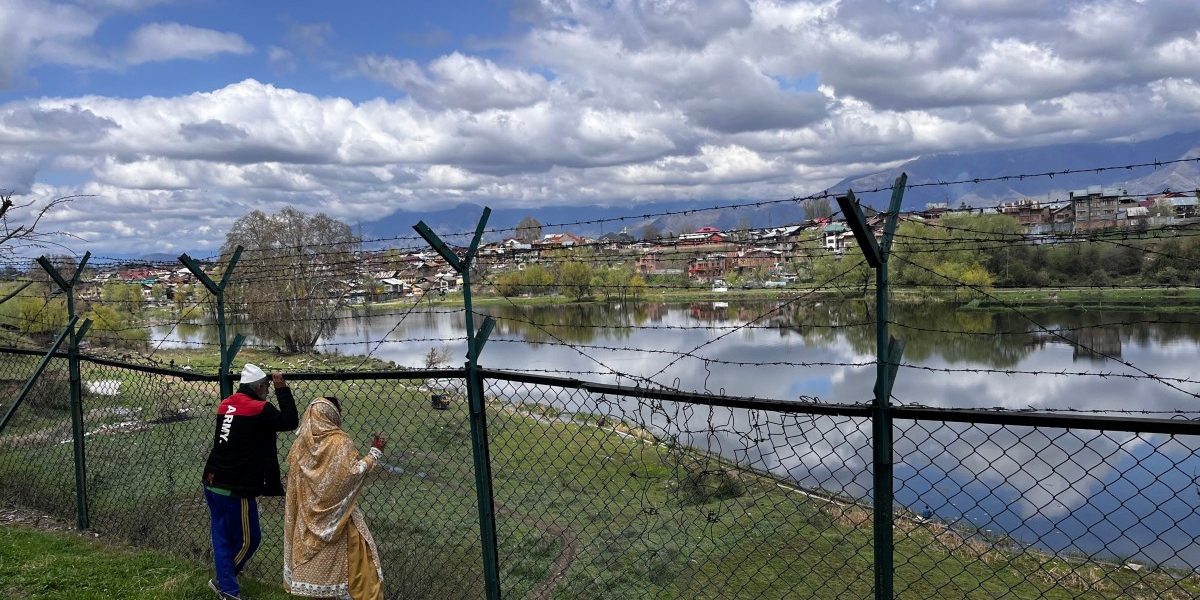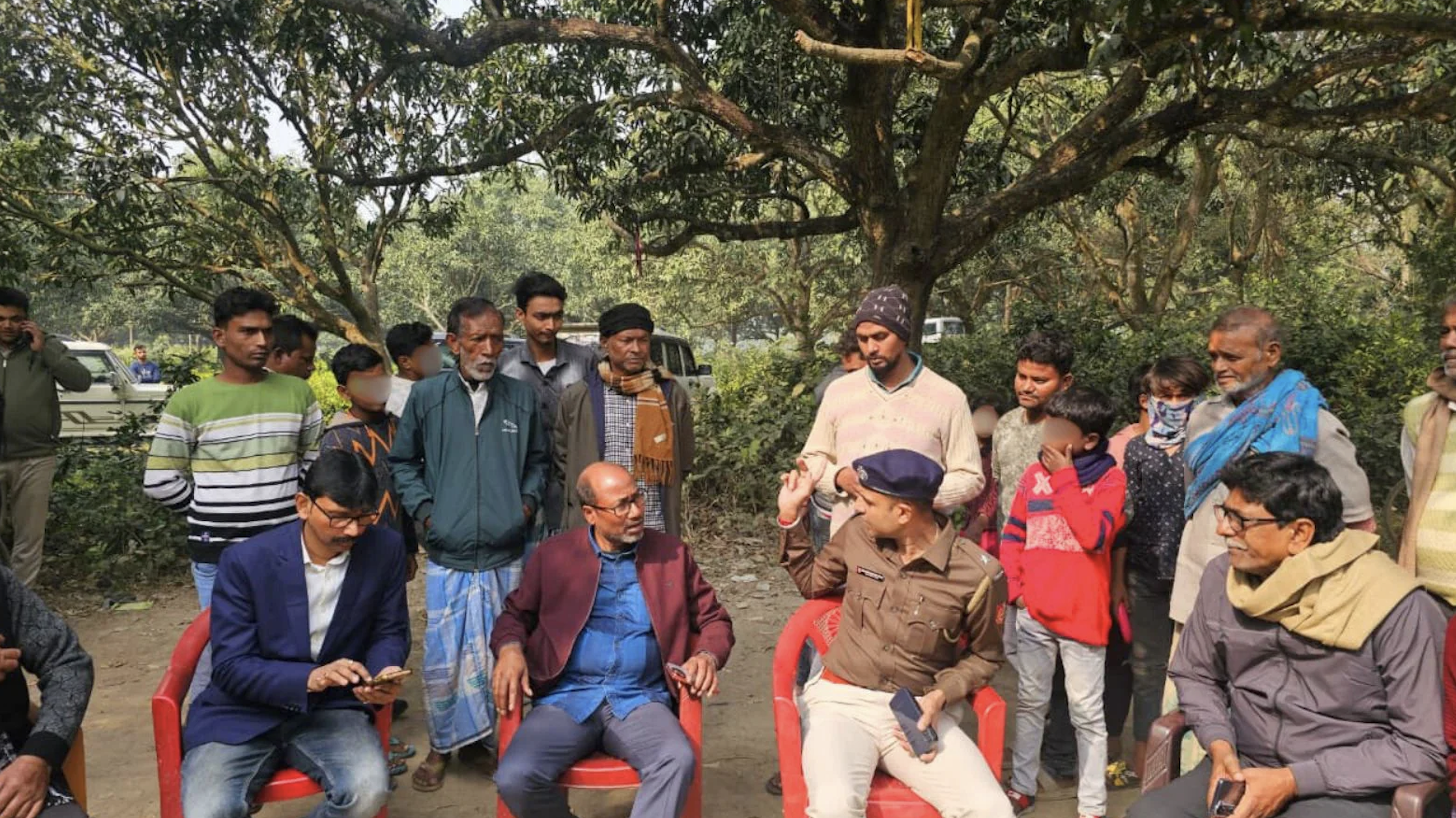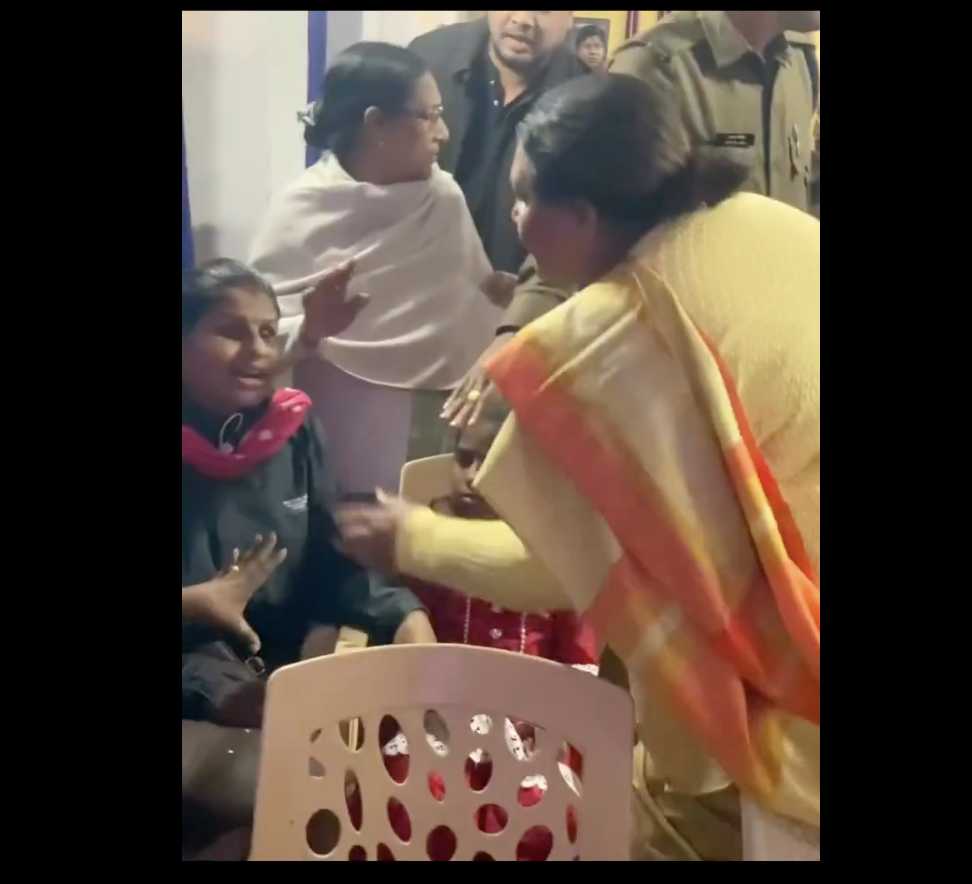
By Apoorvanand
Five years ago, the Narendra Modi-led Union government read down Article 370, taking Jammu and Kashmir’s special status and statehood, and splitting it into two Union Territories on August 5, 2019. The past five years have seen sweeping changes, glaring rights abuses and big developments in the region. This series looks at where J&K was and where it is now, five years after the move.
Another year of humiliation, injustice and oppression has passed. Will a change in the calendar year bring a change to these circumstances? If I were a Kashmiri, this is what would have come to my mind when I saw the date of August 5 in the calendar. The thought that I cannot do anything about this humiliation, injustice and oppression makes me small in my own eyes.
I would also see with some sadness and pain that the date that reminds me of humiliation and oppression is a day of jubilation for most of the rest of India. What is a symbol of subjugation for me is a symbol of victory for them. The devilish joy of taking over a piece of land to make it part of Hindustan completely. Or, if they had the ability to speak the truth, they would say that this joy is actually of crushing an entire population. To end its existence.
August 5 is glorified by claiming that on this day, Kashmir completely accepted the Indian constitution. There cannot be a bigger lie or deception than this. Parliament itself killed the soul of the Indian constitution when it nullified Article 370. It was a way of breaking the thread that kept Kashmiris connected to India.
Article 370 was not a wall between India and Kashmir that had to be broken to unite the hearts of both. It was a promise by India to Kashmir that the government of India or parliament alone could not change. For any kind of change, the approval of the constituent assembly of Jammu and Kashmir was mandatory. In its absence, any change could be made only with the approval of the legislative assembly of the state.
This story was originally published in thewire.in. Read the full story here.






